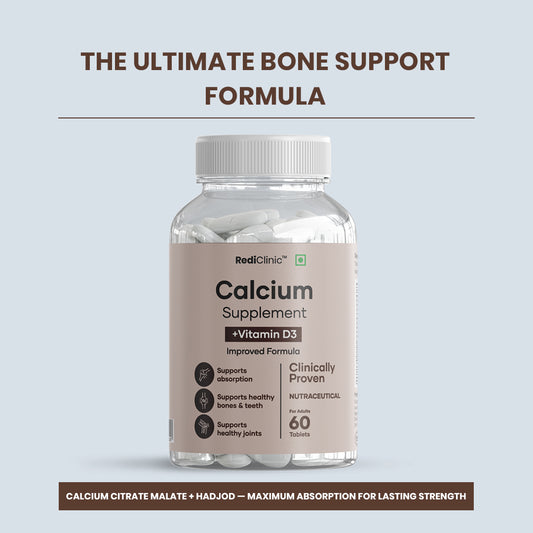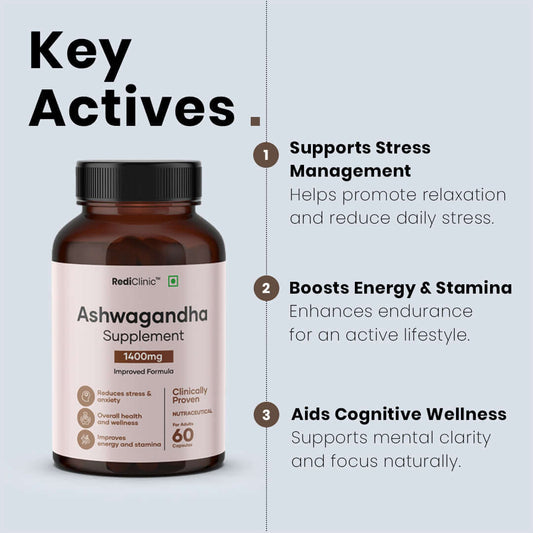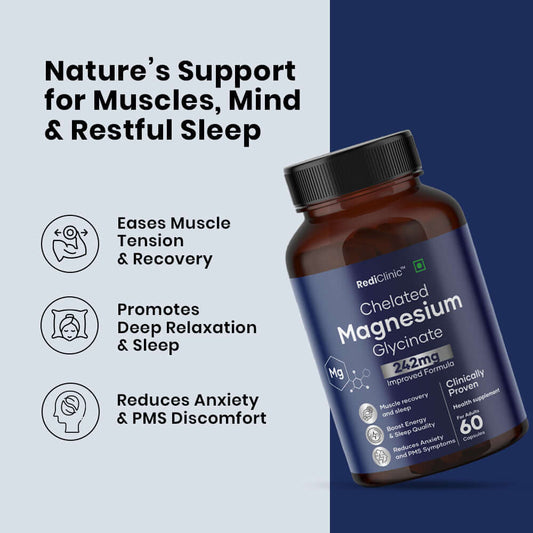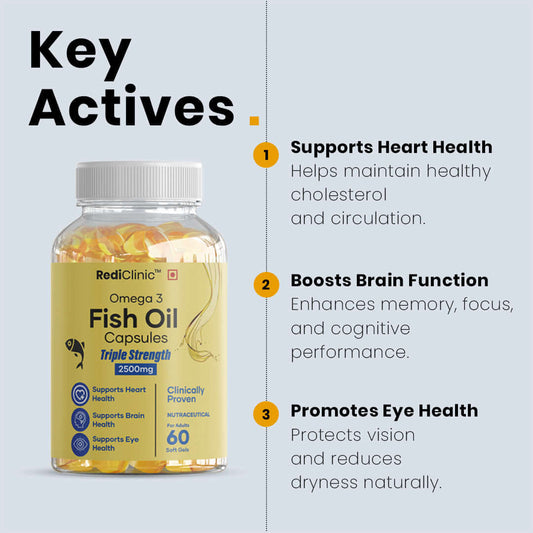The Role of Nutritional Labeling in the Modern Marketplace: Advantages and Importance

Nutritional labeling is quite critical in the modern food market in which consumers are allowed to make choices informed by their health and wellness needs. Such labels provide users with exact quantities of calories, nutrients, and ingredients, thus controlling intake with accuracy. More importantly, clear and reliable labels will help consumers make wise product choices that will enhance the overall well-being of consumers when health-conscious choices are key drivers. Moreover, nutrition labeling promotes transparency; consumers will avoid undesirable additives to make healthier and more mindful food choices for long-term health.
Why Does Today's Market Need Nutritional Labeling?
Nutritional labeling in today's market is also essential because it has empowered consumers to make clear decisions on the food choices they make. Once the consumer is aware of their health, they can quickly read labels; understand ingredient lists, serving sizes, and nutritional information, thereby making wiser decisions. Removing unnecessary added sugars, fats, or artificial additives in food encourages transparency and accountability by companies, thereby enhancing public health outcomes.
Overview of nutritional labeling
It essentially educates the consumer on the nutrients in a particular product. This would include other pieces of information, like calorie count within, serving size, macronutrient counts including carbs and fats, proteins, vitamins and minerals, and other pertinent ingredients like sugars and sodium. In many countries, they are regulated by government agencies as a means of keeping their consistency and transparency so people can understand how their food impacts their overall health better.
- Nutritional Information: This feature assists in good nutrition input as labeling gives informative details concerning calories, lipids, proteins, carbohydrates, sugars, and micronutrients.
- Information on Serving Sizes: Clear serving sizes facilitate control on servings and also discourage overindulgence.
- Regulated Consistency: Governmental regulations ensure accurate and transparent labeling.
- Supports Specific Diets: Food allergies, heart health, and blood sugar control are also assisted by labels.
- Promotes Healthy Choices: Nutrition labels promote healthier food choices by reducing harmful elements such as too much sugar or salt.
Nutritional labels also assist in specific kinds of dietary management, including calorie control or prevention of allergens.
Understanding Food Labels: What to Look For
Decoding Food Labels: Key Elements to Consider
Food labels are your passport to healthier choices. Look for vital details like calories, nutrients (fats, carbohydrates, proteins), ingredients list, and serving size. Give importance also to added sugars, sodium content, and fiber in assessing the nutritional quality.
Key elements of nutrition labels:
- Calories & Serving Size: Use serving sizes and calorie content to manage your intake of energy.
- Ingredients List: Steer clear of artificial ingredients and additions; short lists that contain whole foods are a sign of less processing.
- Keep an eye on additional sugars. Diabetes and weight gain are two health issues that can result from excessive intake.
- Fortified Foods: Seek foods with added nutrients such as omega-3s or vitamins but choose to enjoy mostly whole foods for optimal nutrition.
- Macronutrients: Highest levels of fats-mostly saturated and trans fats, proteins, and carbohydrates must be included in maintaining a well-balanced diet.
- Health Claims: Don't believe the labels, like "low-fat"; it's what is inside that counts, in terms of the complete nutritional profile.
- Micronutrients: Find the vitamins and minerals that, such as calcium, iron, and vitamin D are needed for keeping the system in complete wellness.
- Sodium: Also limit the sodium content, maintaining blood pressure low and thus eliminate heart disease and other heart disorders.
- Fiber Content: High fiber helps support digestion, keeps you full longer, and regulates blood sugar.
- Allergen Information: Pay attention to added allergens, including gluten, dairy, nuts, or soy.
- Percent Daily Values (%DV): Indicates the percentage of a serving that a nutrient supplies to a daily diet, and therefore helps you determine if this food will meet your needs.
Nutrition labeling enables the consumer to make better choices based on new scientific research and the evolution in consumer preference. Continuous updates, for instance the clearer calorie visibility, updated serving sizes, and front-of-package labels, are aimed at guiding consumers towards healthier food choices. [1] [2]
The advantages of nutritional labeling to modern business
- Informed Consumer Choices: Nutritional labeling enables better food choice by clearly indicating the calorie content, nutritional components, and ingredient list of food products.
- Improvement in Healthier Nutrition Intake: With clear labeling, people slowly can better manage their needs to minimize the intake of sugars, salt, or undesirable fats and, thereby their healthy lives.
- Maintaining Nutritional Standards: To help people with specific health issues choose safe products, labels highlight allergens, gluten, and other dietary concerns.
- Promotes Clarity and Trust: When customers are becoming increasingly health-conscious, accurate nutritional information increases customer-brand trust and ultimately encourages brand loyalty in a market.
- Inspires Food Innovations: Demand for simple and attractive labeling promotes manufacturers to develop healthier products, containing more nutrients. Increased customer-brand trust increases loyalty for the brand.
Studies indicate that nutritional knowledge considerably affects the ability with which a person understands and uses food labels, with more-informed persons being more accurate in assessment of healthfulness.
Trends in Food Labeling and Consumer Awareness:
- Front-of-Package Labeling: Generalizing the use of simple and easy-to-read labels on the front of packages as well as detailed calorie and sugar along with fat content levels.
- Consumer Information on Allergens and Sensitivities: With food allergies growing more and more rampant, labeling is now indeed mandatory to help consumers avoid risks and make safer choices.
- Personalized Nutrition: As technology on health continues to advance, more labels are including personal information, making diet-specific products, for instance, keto, vegan, or low-carb.
- Sustainability Labels: Consumer responsiveness to the environment increase with the use of green packaging labels and certifications like "carbon-neutral" or "sustainable sourcing.
- Today, labels focus more on healthier ingredients - whole grains, plant-protein, or antioxidant-based products, which meets the demand of an emerging health-conscious customer.
- Clean Labeling: There will be more transparency in labeling, fewer ingredients, fewer artificial additives and preservatives, and less chemicals. This means cleaner, more natural labels.
- Products are now marked with claims such as organic, gluten-free, non-GMO, and fair-trade certifications. Consumers increasingly seek those products that line their value systems and lifestyles.
- Digital Integration: With the rising digital health applications, QR codes and smartphone applications are now used to provide more interactive, detailed information about products.
The final regulations over most packaged foods in terms of their featuring a Nutrition Facts panel, outlining calories, fats, cholesterol, sodium, carbohydrates, and key vitamins and minerals appeared on January 6, 1993. Other items exempted include restaurant foods, bulk-shipped goods, and small business products. Labels could omit negligible nutrients if accompanied by a footnote clarifying their absence.
What significance does food labeling bring to consumer choices?
Food labeling basically plays an essential role, enabling you to make better choices through basic provision of information that is more relevant about ingredients and nutritional content besides health claims. This ensures there is an opportunity at any given time to get the correct product that fits your desired dietary requirements. It allows you the ability to shop smarter with a better view towards ensuring a healthy life.
- Labels promote healthy choices by pointing out the presence of sugar, fat, sodium, and other ingredients, hence helping in making choices for healthy living.
- Simplified Product Comparison: Nutritional labeling makes it easier for customers to compare their products, thus allowing customers to pick the one they like most and suits their preference and needs.
- Manage Allergies and Dietary Restrictions: Highlighting dietary restrictions and allergens, such as vegan or gluten-free products, ensures that customers can make appropriate and safe choices.
- Encourages Visibility and Develops Trust: Honest and truthful food labels enhance consumer and brand trust, which is pivotal in influencing the buying decisions and brand loyalty.
Food labeling is important in assisting people to make better, more informed decisions about what to buy, which will ultimately improve their general health.
Clean Labels and Transparence of Sources in Food: A General Overview
There has been a mushrooming demand for clean labels and transparency in sourcing since consumers are becoming increasingly discriminatory about what they consume and how it was sourced.
- There is a need for clean labels, which would be characterized by simplicity through fewer recognizable, natural ingredients that don't include artificial additives or preservatives and chemicals.
- In essence, these labels satisfy consumers who prefer wholesome, minimally processed food, a need that is riding the general global trend toward healthier lifestyles.
- This trend benefits consumers and producers equally. Consumers are empowered in informed decision-making: they can select for a product that suits their health goals, values, and environmental concerns.
- Now that environmental and social ills have become more entrenched in the psyche of society, clean labels and transparent sourcing are no longer an option-they are modern food production must include.
This marks a shift in the food industry, driving innovation and accountability along the supply chain, to pave the way for an era of better-informed and healthier consumption.
Conclusion:
Nutritional labeling has been an imperative for empowering the consumer, helping them to make a right choice in their diet, thereby experiencing healthier dietary habits in this speedy world. In India, with diverse food preferences and rapidly changing needs, it requires clear and transparent labels in the food market. It promotes transparency and accountability in food while enhancing the welfare of people on an individual level while aiming at a healthier-informed public as India's broader objective. Nutrition labeling, for instance, empowers the people to make healthier decisions and remain well-informed and secure about their diet choices. It helps promote transparency and accountability in the food industry.
FAQ’s:
1. How do I decode food labels well?Focus on serving sizes, calories, macronutrient breakdown, and lists of ingredients, favoring whole, nutrient-dense foods while eliminating added sugars and unhealthy fats.
2. Have there been new trends in the labeling of nutrition?
There are certainly new trends in clean labels, front-of-packaging labeling and sustainability claims that help consumers make assessments over nutritional quality and ethical sourcing.
3. Why is it significant to pay attention to serving sizes?
Serving sizes help manage the amount of control of portions, ensuring you don't consume excessive calories or nutrients beyond recommended daily limits. This supports better health outcomes.
No comments


























0 comments